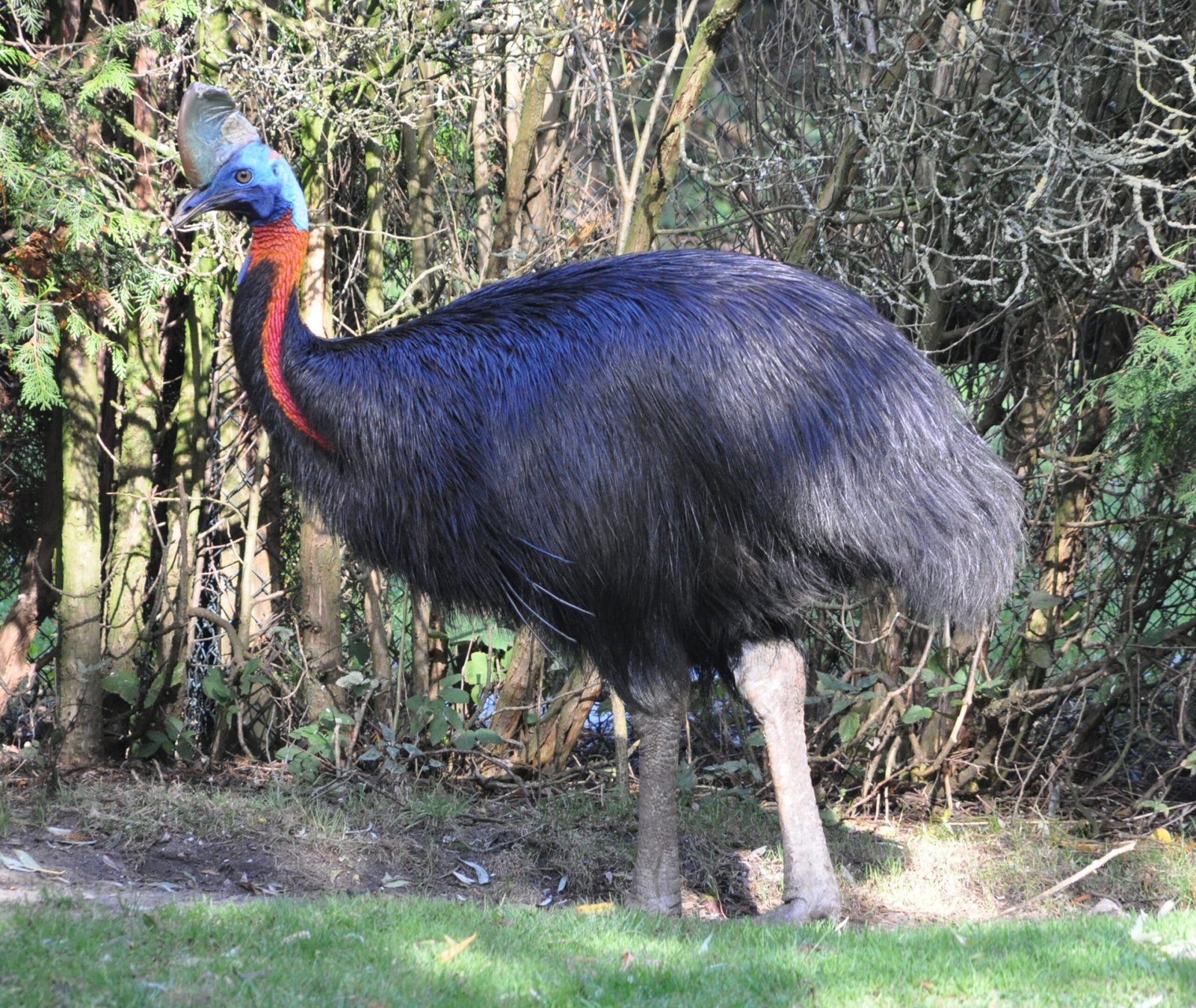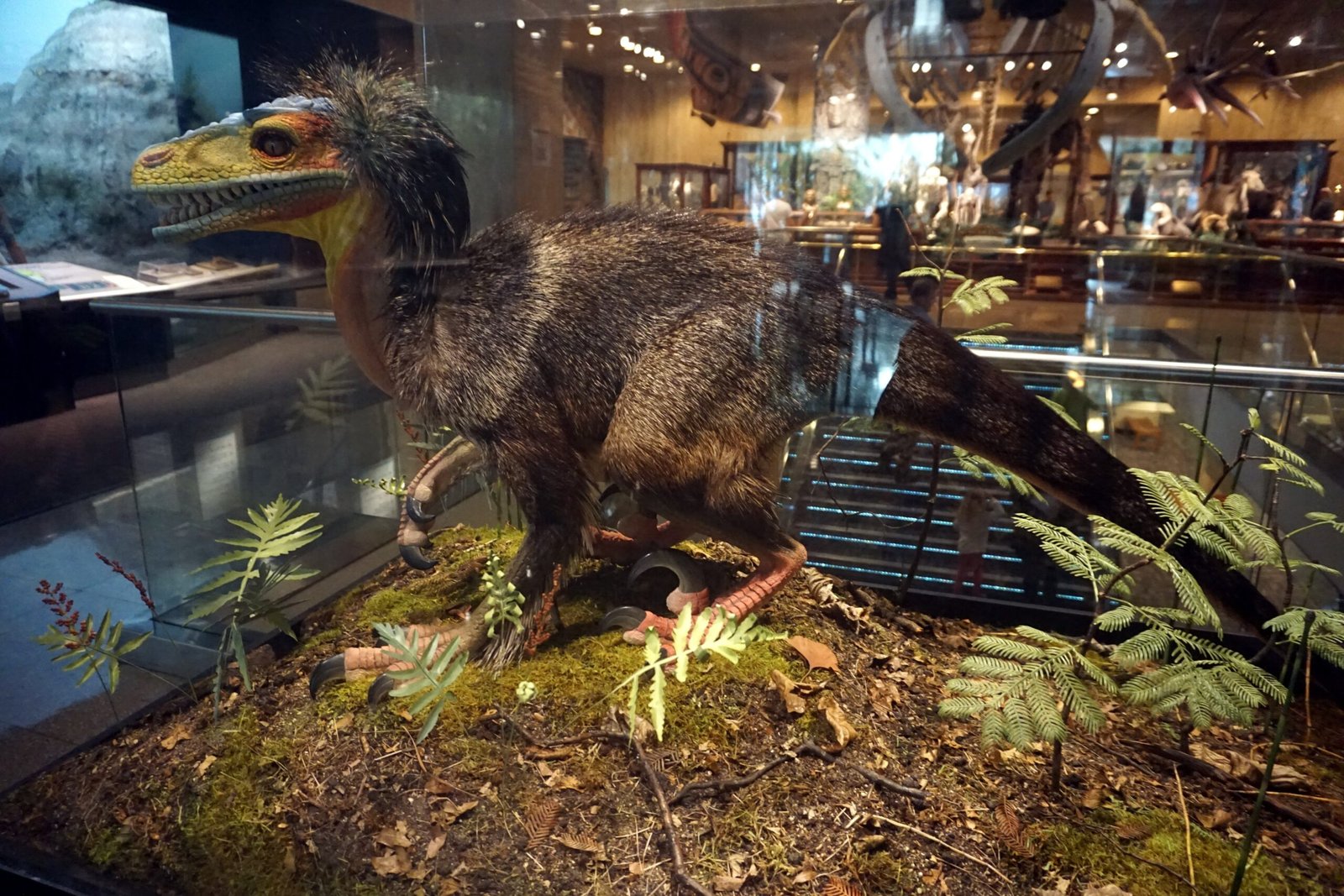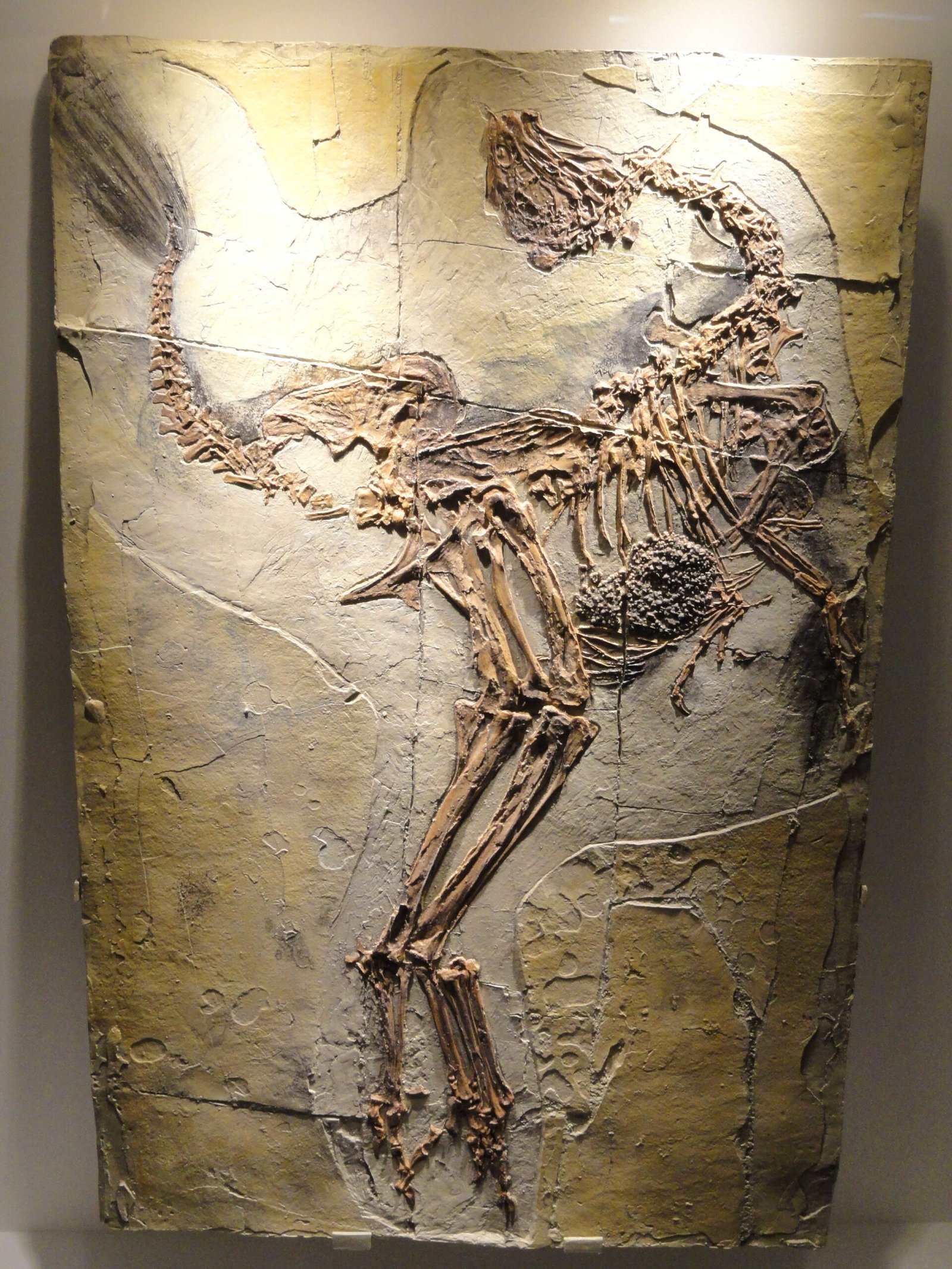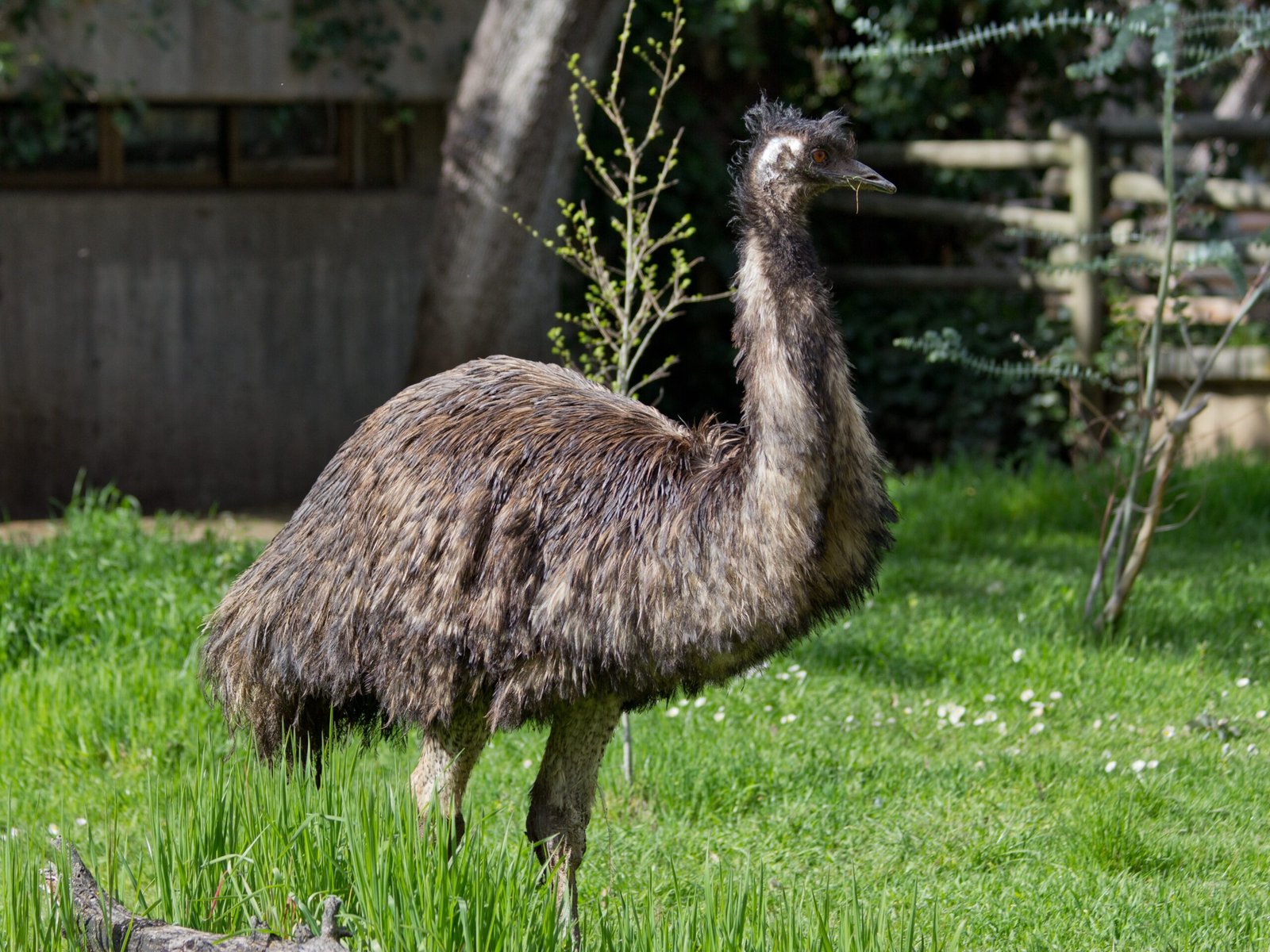Imagine a world where enormous creatures roamed the earth, their bodies adorned with feathers that fluttered in the prehistoric breeze. Dinosaurs, majestic and mysterious, have captured our imagination for centuries. But what if the answers to some of our questions about these ancient beasts lie not in fossils, but in the living, breathing birds of today, particularly those that cannot fly? It may seem surprising, but modern flightless birds hold the key to unlocking secrets about dinosaur feathers. By studying these grounded avians, we can gain insights into the evolutionary purpose of feathers, from insulation to display, and perhaps even discover more about the lives of the dinosaurs that once ruled our planet.
The Evolutionary Link Between Birds and Dinosaurs
The evolutionary connection between birds and dinosaurs is both fascinating and illuminating. Birds, as we know them today, are considered the closest living relatives of theropod dinosaurs, a group that includes the fearsome Tyrannosaurus rex. This link is not just theoretical; it is supported by fossil evidence that shows striking similarities in bone structure and feather impressions. Modern flightless birds, such as ostriches and emus, offer a living window into this ancient lineage, helping scientists piece together the evolutionary puzzle. By examining the shared traits between these birds and their dinosaur ancestors, we can better understand how feathers may have evolved and functioned in the past.
Feathers Beyond Flight: A Multifunctional Marvel

While feathers are often associated with flight, their functions extend far beyond this singular purpose. In the case of flightless birds, feathers serve as a versatile tool for survival. They provide insulation, keeping the birds warm in varying climates, and offer protection from the elements. Feathers also play a crucial role in mating displays and camouflage, helping birds attract mates and evade predators. By studying these diverse functions in modern birds, scientists can infer similar uses for feathers in dinosaurs. It’s possible that dinosaurs utilized their feathers in similarly multifaceted ways, adapting them to suit their specific environmental and social needs.
Insulation: A Warm Embrace
One of the primary functions of feathers in flightless birds is insulation. Without the ability to soar through the skies, these birds rely on their plumage to regulate body temperature and withstand harsh weather conditions. The dense feather layers trap air, providing a warm barrier against the cold. This function is particularly evident in birds like the penguin, which thrives in frigid environments thanks to its insulating feathers. The presence of similar feather structures in certain dinosaur fossils suggests that these ancient creatures might have also used feathers to maintain body heat, allowing them to inhabit diverse climates.
Display and Communication: The Language of Feathers

Feathers are not just functional; they are also a means of communication. Many flightless birds use their feathers to convey messages to other members of their species, particularly during mating rituals. The vibrant plumage of a peacock or the intricate feather patterns of an emu can signal health, vitality, and genetic fitness to potential mates. This use of feathers for display and communication is likely mirrored in dinosaurs, where colorful or uniquely patterned feathers could have played a role in social interactions. By observing these behaviors in modern birds, we gain a glimpse into the social dynamics of ancient dinosaur communities.
Camouflage: The Art of Blending In
Camouflage is another vital function of feathers in flightless birds. By blending into their surroundings, these birds can avoid detection by predators. This ability to adapt their appearance to suit their environment is seen in species like the kiwi, whose mottled brown feathers help it disappear into the forest floor. The concept of camouflage likely extended to dinosaurs as well, with feather patterns and colors providing a means of stealth and survival. Studying modern birds helps us understand how dinosaurs might have used their feathers to navigate a world filled with predators and prey.
The Role of Feathers in Dinosaur Behavior

Understanding the behavioral role of feathers in dinosaurs is crucial to unraveling their mysteries. Feathers could have been used in courtship displays, territorial disputes, or even as a means of intimidation. Observing how flightless birds use their feathers in social interactions provides valuable clues about similar behaviors in dinosaurs. For example, the aggressive display of an ostrich’s plumage during confrontations might mirror the way certain dinosaurs used their feathers to assert dominance or ward off rivals. By examining these parallels, we can paint a more vivid picture of dinosaur behavior and social structures.
Feathered Fossils and What They Reveal

Fossils of feathered dinosaurs have been discovered in various parts of the world, offering tangible evidence of the connection between modern birds and their ancient ancestors. These fossils reveal intricate feather impressions, showcasing the diversity of feather types and structures. By comparing these ancient feathers with those of modern flightless birds, scientists can identify similarities and differences that shed light on the evolutionary path of feathers. The study of these fossils, combined with insights from living birds, helps us reconstruct the appearance and function of feathers in the distant past.
Flightless Birds: Living Relics of the Past

Flightless birds are often referred to as “living fossils” due to their ancient lineage and evolutionary significance. Species like the cassowary and the rhea have retained primitive traits that offer a glimpse into the past. By studying these birds, scientists can explore how certain feather characteristics have persisted over millions of years. The persistence of these traits suggests that feathers played a crucial role in survival and adaptation, both in the time of the dinosaurs and today. These living relics serve as a bridge between the prehistoric and modern worlds, connecting us to a time long gone.
Scientific Insights and Future Research

The study of modern flightless birds and their feather functions continues to provide valuable insights into the world of dinosaurs. As research progresses, new discoveries are made, and our understanding of these ancient creatures deepens. Scientists are constantly developing new techniques to analyze feathered fossils and explore the genetic links between birds and dinosaurs. Future research promises to uncover even more about the evolutionary journey of feathers, offering a clearer picture of how these remarkable structures have shaped the lives of both ancient and modern creatures.
The Fascinating Journey of Feathers

The exploration of feather function in dinosaurs through the lens of modern flightless birds is a journey filled with wonder and discovery. It challenges us to look beyond the fossils and consider the living connections that tie us to the past. By understanding the multifaceted roles of feathers, we gain a deeper appreciation for the complexity of life on Earth, both then and now. As we continue to study and learn, we are reminded of the intricate tapestry of evolution, where every feather tells a story, and every bird carries the legacy of the dinosaurs within its wings.



